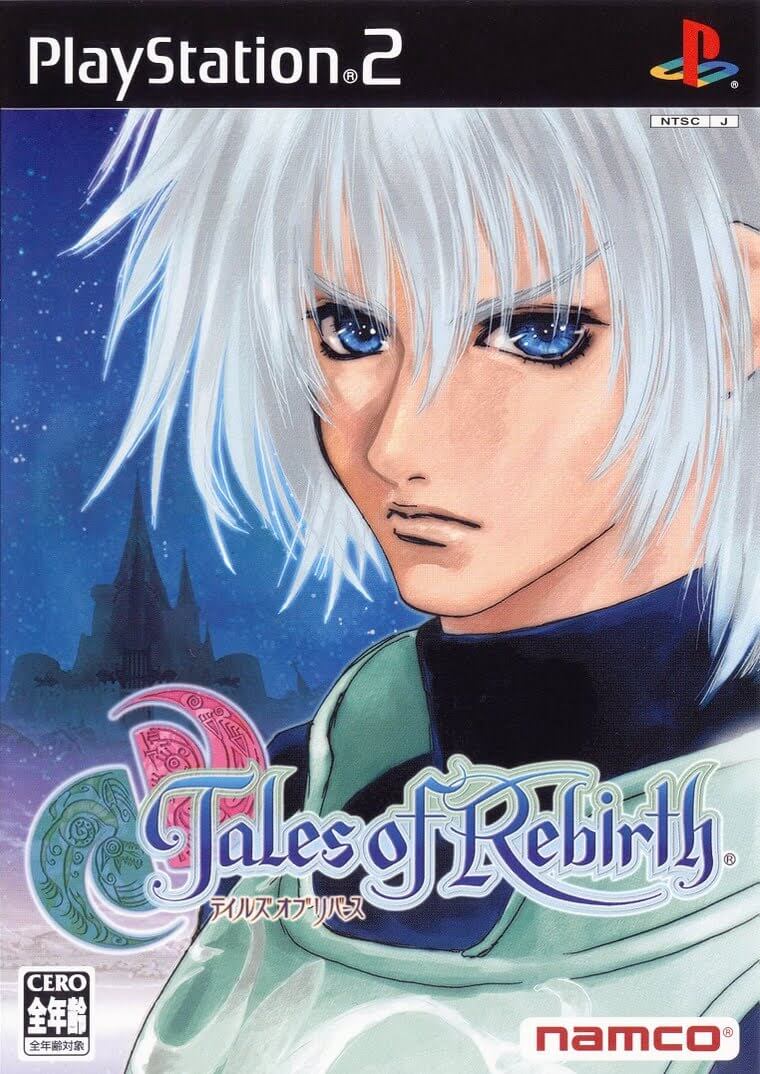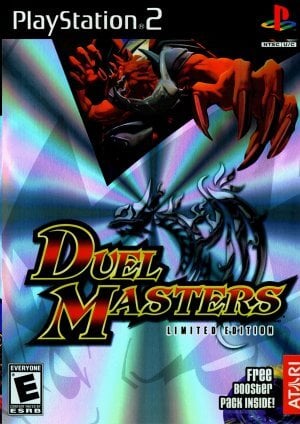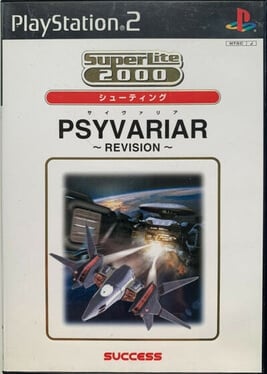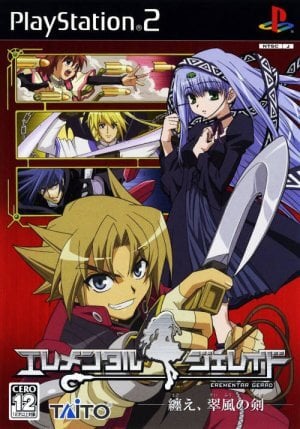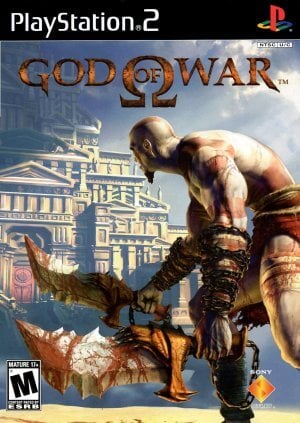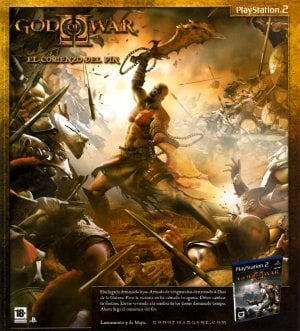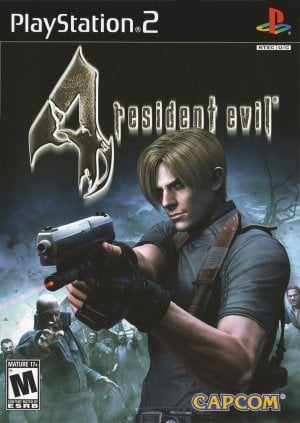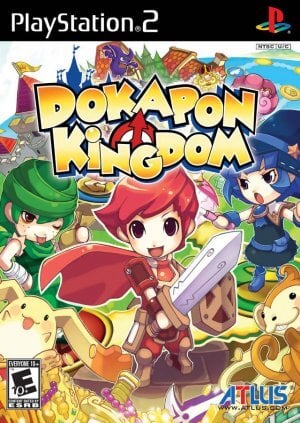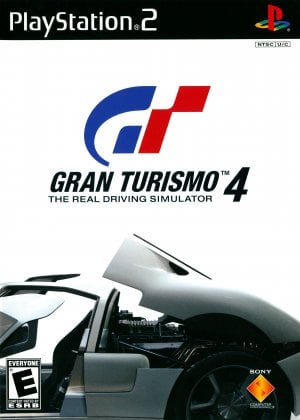Tales of Rebirth is a role-playing action game featuring two-dimensional sprites on three-dimensional backgrounds. Unlike previous Tales games, the camera follows the characters from a side-long perspective, zooming in or out depending on their relative position. Instead of a navigable overworld, players use a standard game world map to fast-travel to different locations. Side conversations between characters called Skits (called “Screen Chat” ( Sukurn Chatto) in Japanese) include both story-relevant information and non-essential details. Characters can cook various recipes at various locations throughout the game: cooking them between battles restores health points. A character masters a recipe after cooking it enough times. Each time a character prepares a meal, they gain experience points.
Characters are also given “rations,” or servings of healing food, at various locations throughout the game world. While the initial rations are small, a special “meal ticket” becomes available later in the game, providing larger allocations. There are various levels of difficulty. There are three types of mini-games available in the game. In the first, Veigue is on a raft navigating a river, trying to avoid dangerous obstacles. The second is a tarot game with the character Hilda in which the player answers questions and receives their fortune. In the third, the player takes on the role of a waiter at an inn to provide good service to the customers: poor service results in dismissal, while good service earns a reward. The Tales series’ trademark Linear Motion Battle System (LMBS), a real-time fighting system akin to a beat them up, is used in Rebirth. In battle, up to four characters can participate.
The Three-Line LMBS is used in Rebirth. It uses a similar multi-plane mechanic to Tales of Symphonia: characters can move across three different levels on the battlefield to either attack enemies on those lines or dodge them behind an enemy on one line to deal damage from behind. During the battle, a character can activate the Rush Gauge, which increases attack power at the expense of decreased defensive abilities and stats, and perform Mystic Artes ( Hi Ougi) with another party member to deal significant damage to single enemies. Performing certain feats in battle, such as finishing at a specific time, awards the player a grade for their performance. The Force Gauge, an energy meter that determines how long special skills can be active, controls special abilities and actions. Once depleted, the skill cannot be used again until the meter is replenished, which occurs during battles. Each character can have four skills equipped. Instead of using Gald (the in-game currency) as in previous Tales titles, characters earn Enhancement Points (EP) after battles, which can be used to strengthen equipped armor, weapons, and accessories. EP can be moved between firearms. In the PSP version of the game, an optional battle arena with both single-player and multiplayer matches was added. In both modes, players must defeat an enemy team (either AI-controlled enemies or an opposing team) within a time limit.
